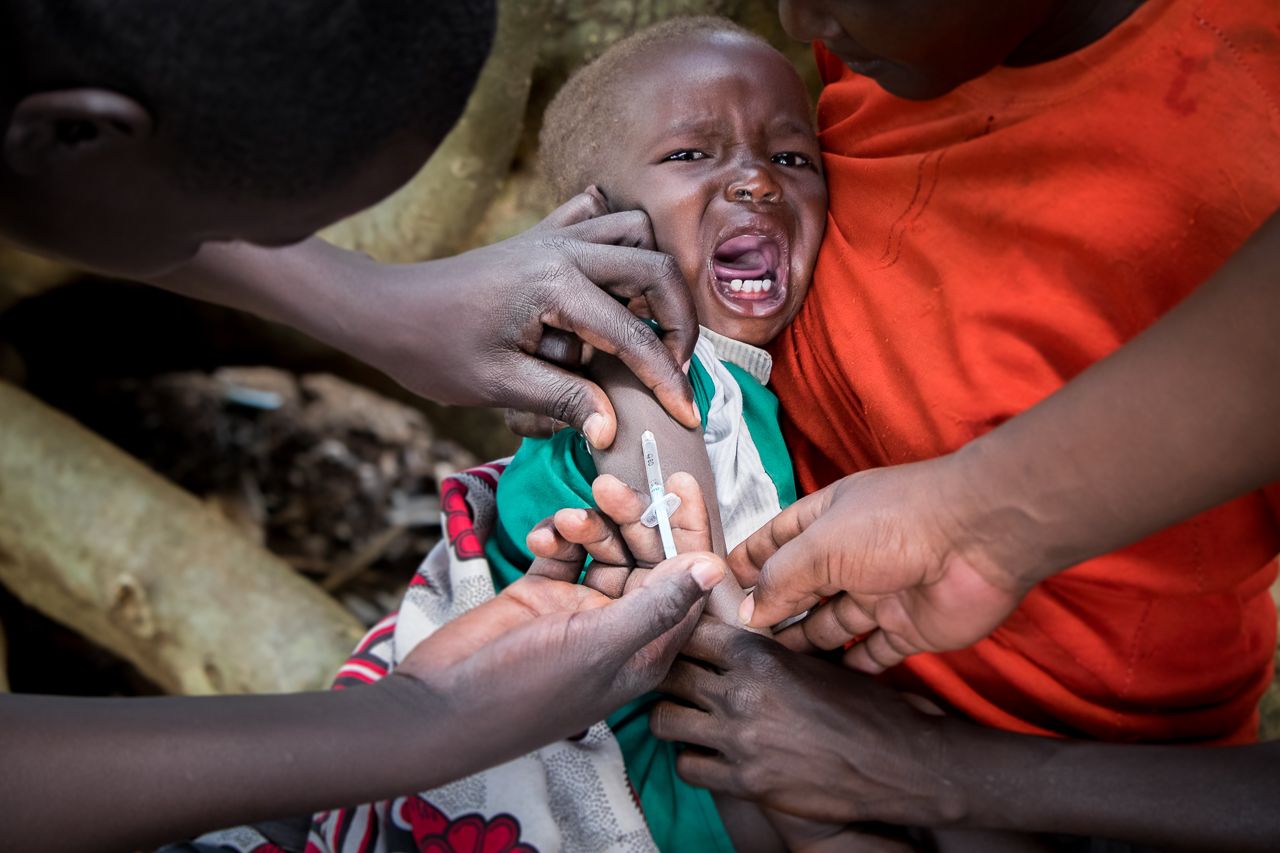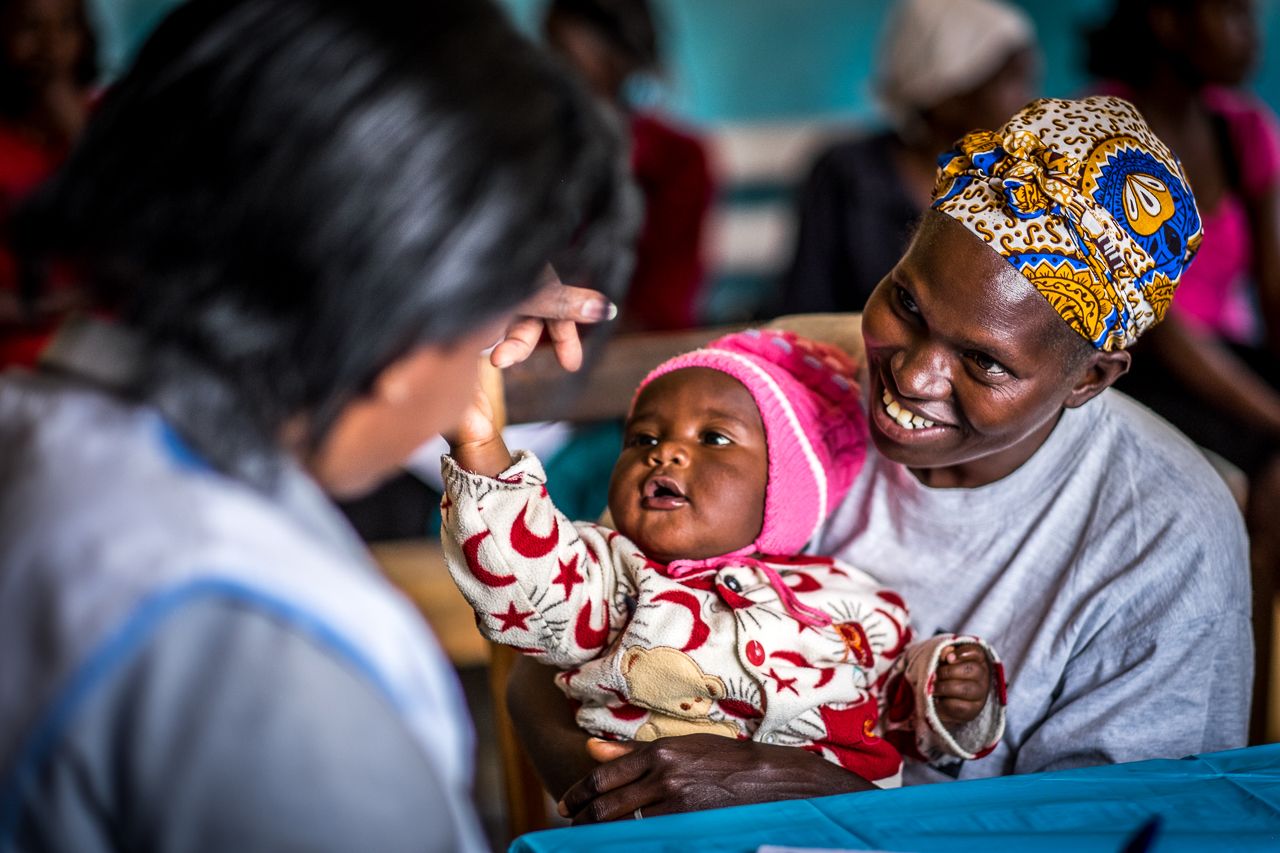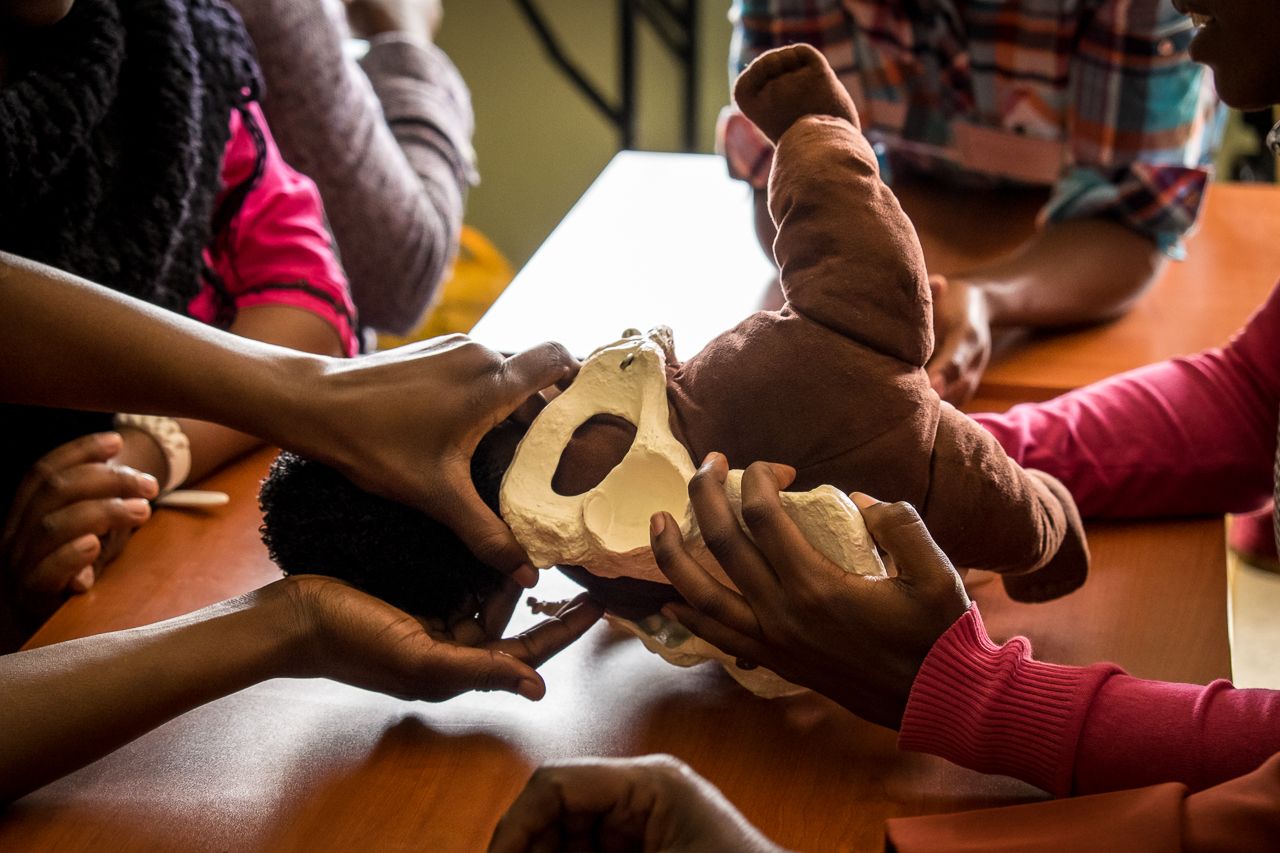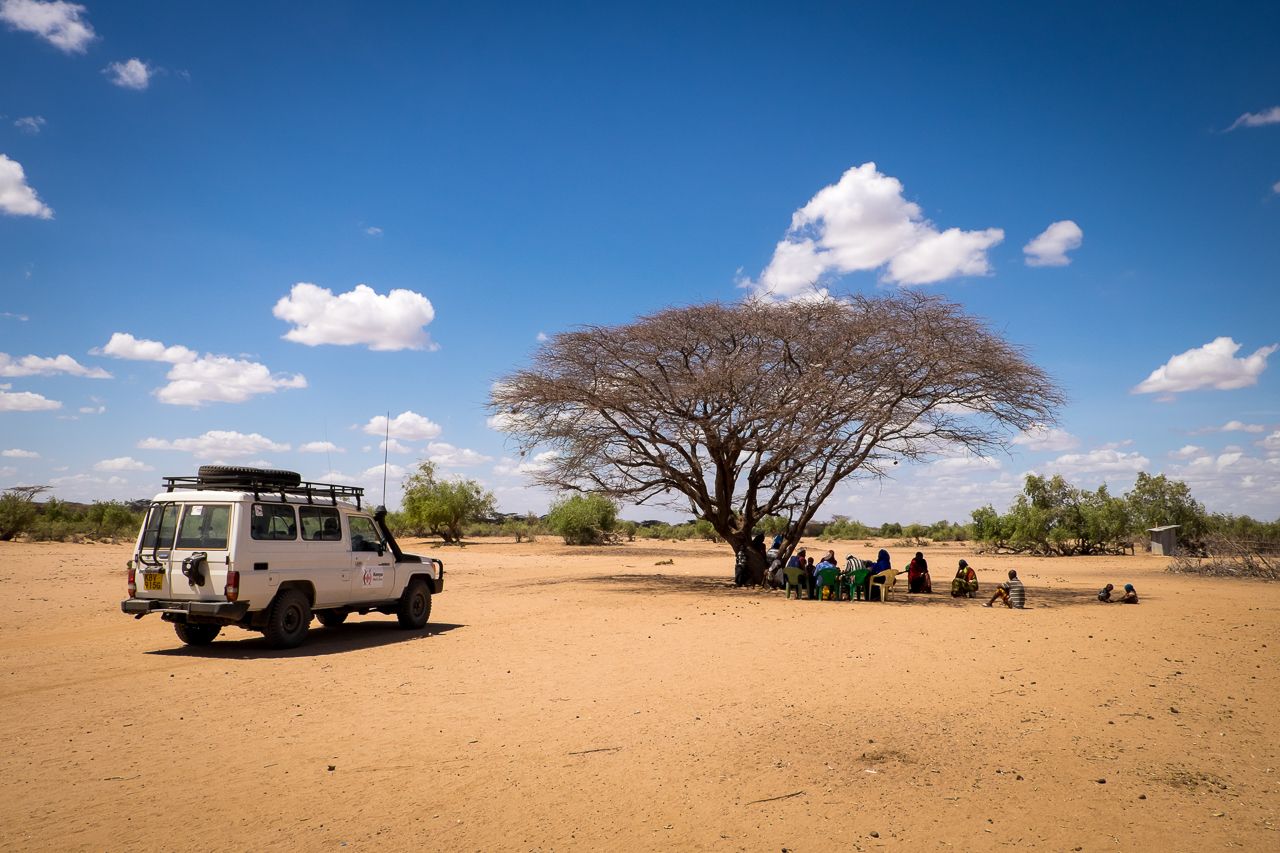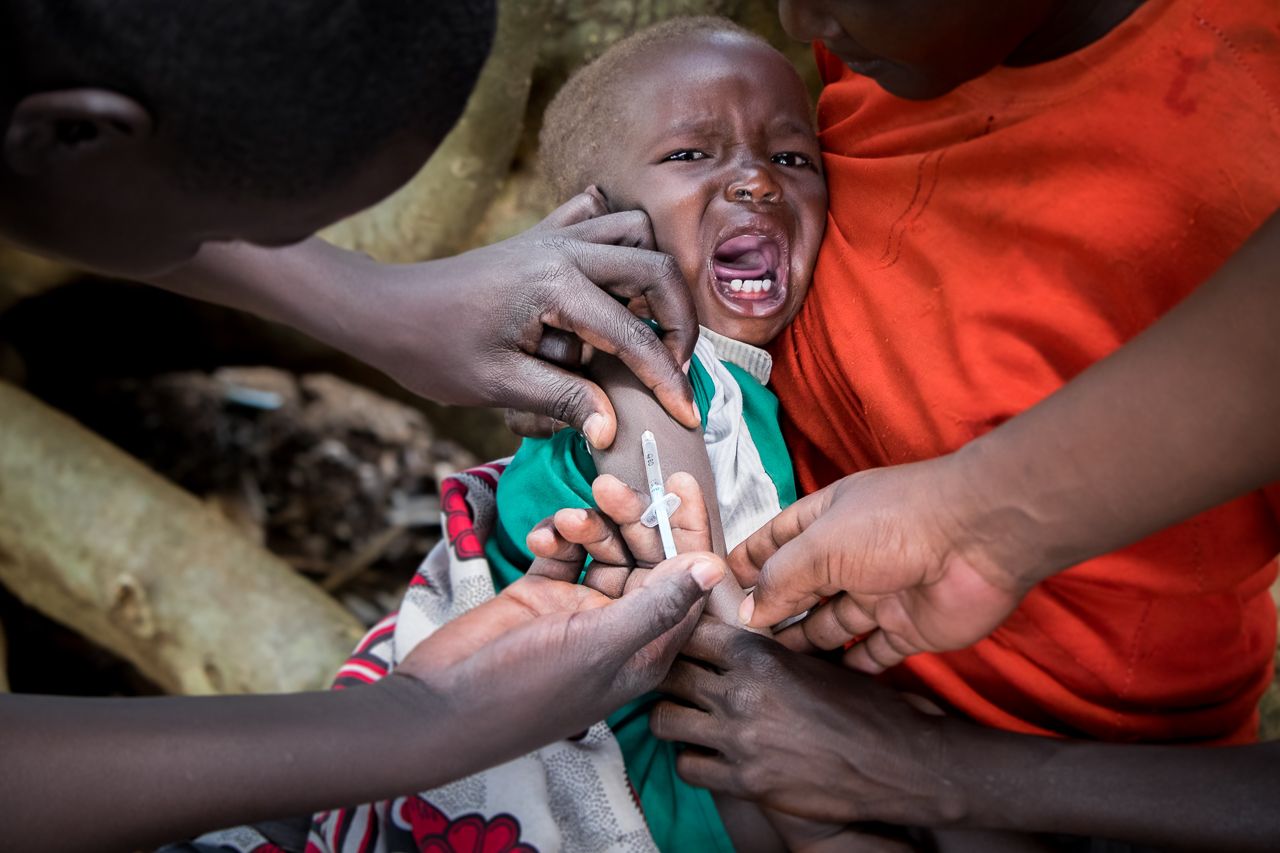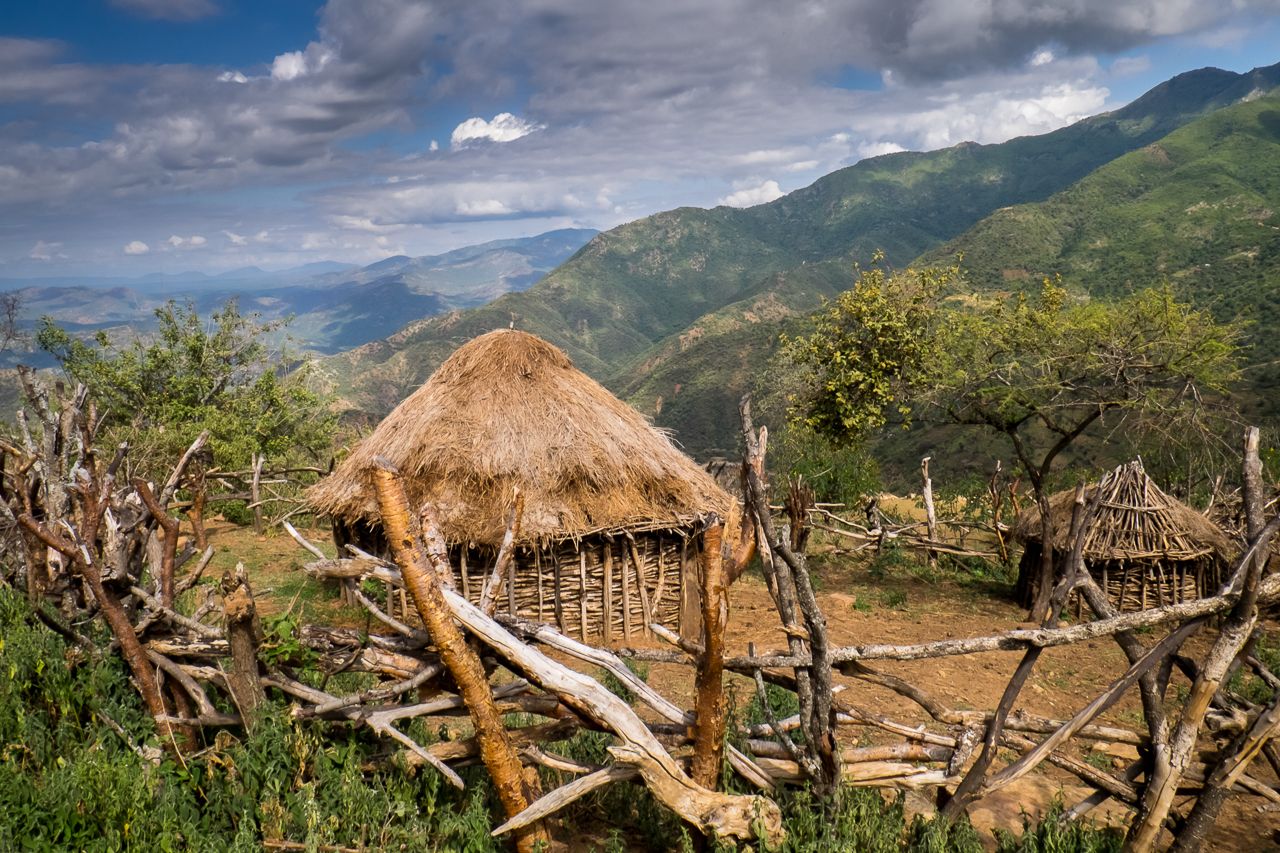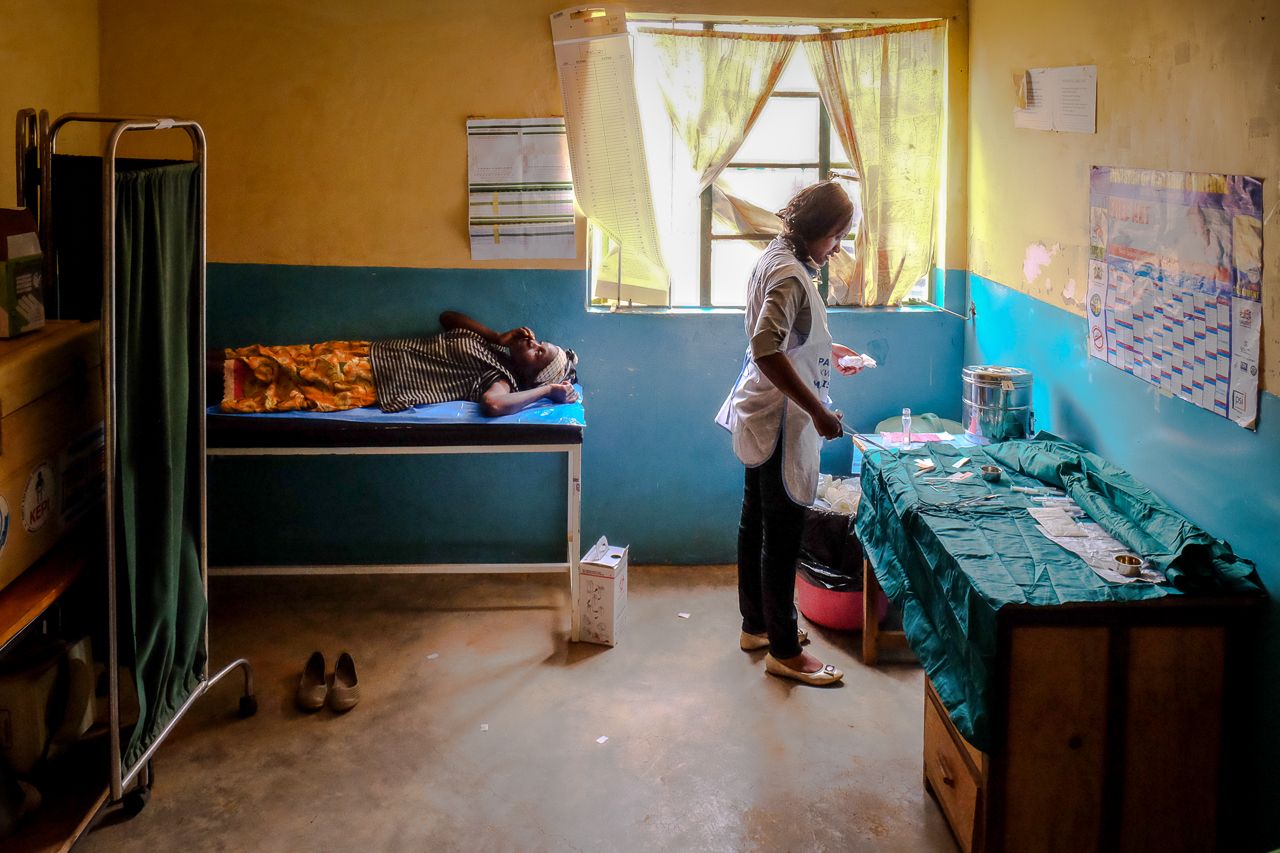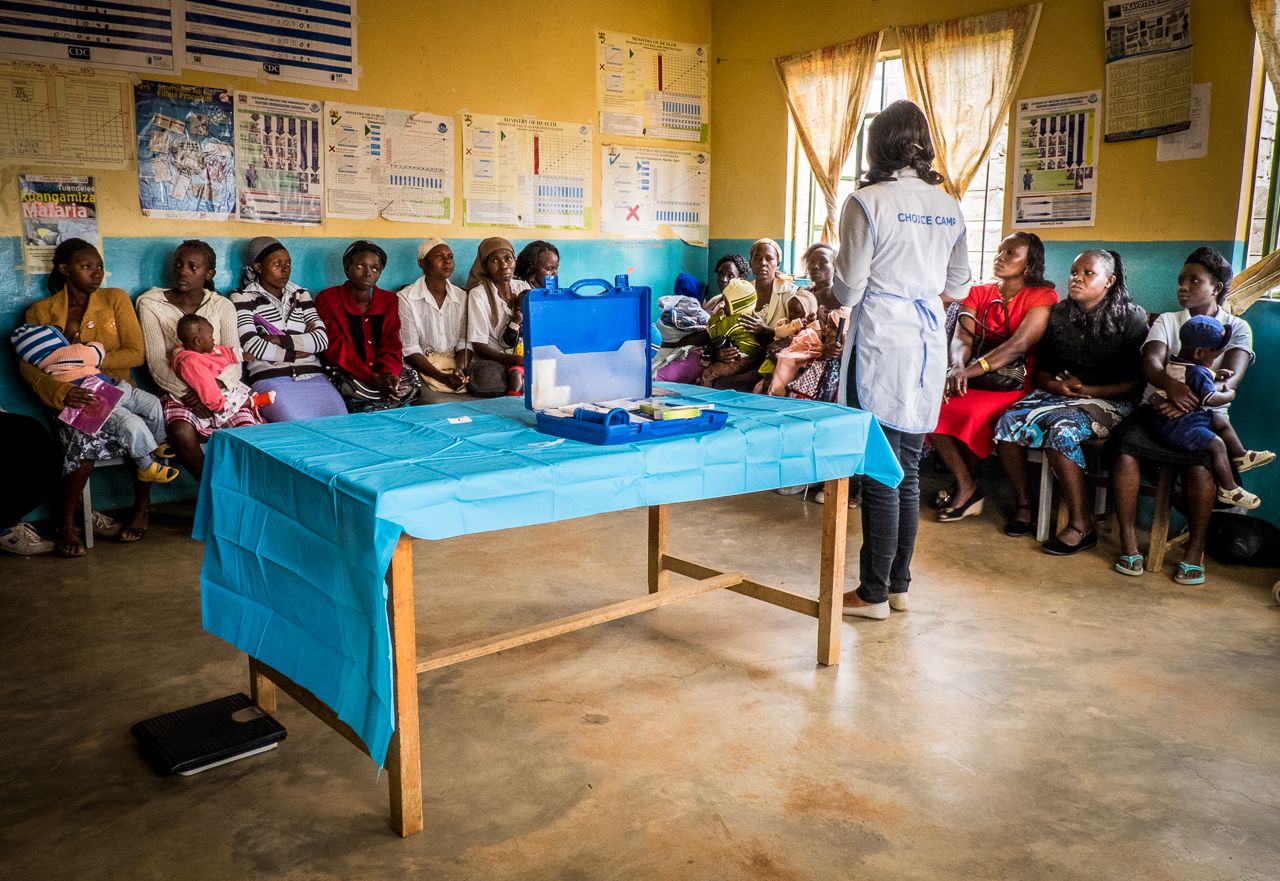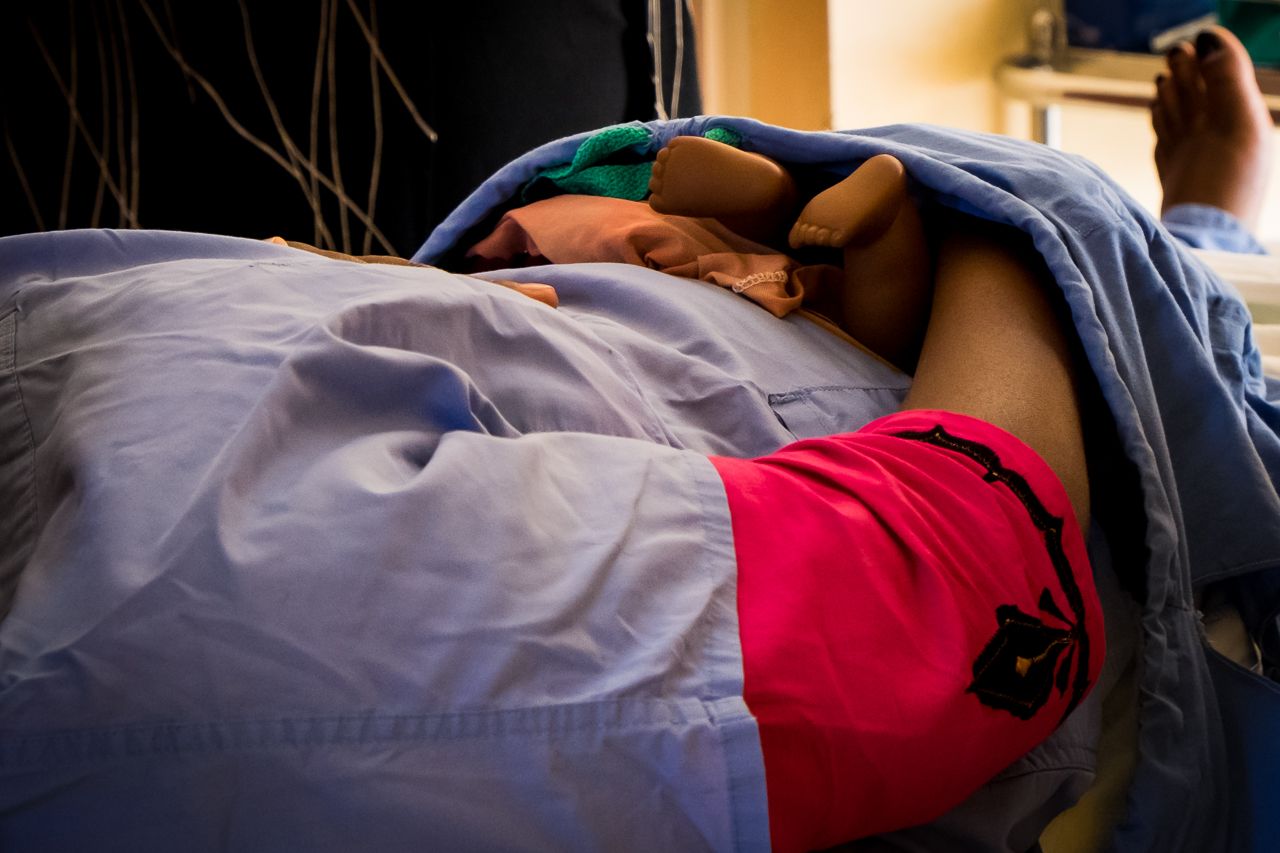Objectives
This Masters level lesson is designed to introduce journalism as an important tool for MPH students and researchers to communicate complex public health issues in an accessible way for the general public. It draws on the experiences of Joanne Silberner, an award-winning freelance multimedia journalist, artist-in-residence at the University of Washington, and recipient of several Pulitzer Center travel grants, as well as Paul Nevin, a former Pulitzer Center MPH Student Fellow and recipient of an MPH from the University of Washington. The lesson is intended to be highly interactive and focus on a broad range of topics, from developing a publishable story to addressing ethical concerns when working with marginalized populations. The course instructor may request that you explore some or all of the following resources and their respective questions prior to the in-person session.
Resources
Please explore the resources and associated questions prior to the in-class workshop because they will form the basis for our in-depth discussion about the benefits and challenges associated with public health journalism.
- “Cancer’s Lonely Soldier in Uganda” by Joanne Silberner
- “An Ounce of Prevention” by Joanne Silberner
- “Seattle Group’s Training Program Saves Lives of Moms and Babies in Kenya” by Paul Nevin
- “A Christian Religious Extremist on Anti-American Jihad in Kenya” by Paul Nevin
- “A Nurse’s Desperate Plea: Show Me the Ebola Money” By Karin Huster
- “How to Write about Africa” by Binyavanga Wainaina
- “How John Moore Covered the Ebola Outbreak”
- Radi-Aid and The Radiator Awards
This Masters level lesson is designed to introduce journalism as an important tool that MPH students and researchers can use to communicate complex global health issues in an accessible way for the general public. It draws on the experiences of Joanne Silberner, an award-winning freelance multimedia journalist, artist-in-residence at the University of Washington, and recipient of several Pulitzer Center travel grants, as well as Paul Nevin, a former Pulitzer Center Student Fellow and recipient of an MPH from the University of Washington. The lesson is intended to be highly interactive and focus on a broad range of topics, from developing a publishable story to addressing ethical concerns when working with marginalized populations.
Lesson Logistics
This lesson plan can be adapted according to class size, number and length of sessions, and expectations for prior exploration of resources. It is helpful to have students review resources and explore the associated questions prior to in-class sessions because they form the basis for in-depth conversations. Additionally, a Meet the Journalists video, which can be shown during or prior to the in-class session, is provided. The lesson is broken down into four main topics: Developing a Story, Reporting a Story, Getting Published, and Ethics. Each topic corresponds to specific resources and discussion points to elicit group discussion. If instructors wish to reduce pre-class work, resources can be presented in class, particularly in small groups. The video and audio components of the resources can also be displayed to a large group to stimulate discussion.
Resources:
The eight resources included in the lesson are listed below. Each resource has corresponding questions that can be used to guide reading in preparation for the in-class discussion.
- “Cancer’s Lonely Soldier in Uganda” by Joanne Silberner (http://pulitzercenter.org/reporting/uganda-cancer-institute-stigma-diagnosis-oncologist )
- “An Ounce of Prevention” by Joanne Silberner (http://pulitzercenter.org/reporting/india-cancer-prevention-institute-stigma-diagnosis-oncologist-muslim-women )
- “Seattle Group’s Training Program Saves Lives of Moms and Babies in Kenya” by Paul Nevin (http://pulitzercenter.org/reporting/seattle-training-program-pronto-kenya-maternal-child-health)
- “A Christian Religious Extremist on Anti-American Jihad in Kenya” by Paul Nevin (http://pulitzercenter.org/reporting/kenya-united-states-anti-america-christian-religious-abortion-rights-homosexuality-otoole-horsely)
- “A Nurse’s Desperate Plea: Show Me the Ebola Money” By Karin Huster (http://www.npr.org/sections/goatsandsoda/2014/12/19/371861712/a-nurses-desperate-plea-show-me-the-ebola-money)
- “How to Write about Africa” by Binyavanga Wainaina (http://granta.com/how-to-write-about-africa/)
- “How John Moore Covered the Ebola Outbreak” (http://time.com/3627482/photographing-ebola/)
- Radi-Aid and The Radiator Awards (https://www.youtube.com/watch?v=oJLqyuxm96k and http://www.rustyradiator.com/)
Pre-Class
- Introduce lesson objectives
- Give students access to the resources and their respective questions that should be explored prior to the in-class session
- Indicate how students should review these materials to prepare for class
Introduction
- Welcome students and introduce guest speakers (if applicable)
- Discuss logistics, learning objectives, and topics to cover for the session
Developing a Story
Resources Referenced:
- “Cancer’s Lonely Soldier in Uganda”
- “An Ounce of Prevention”
- “A Nurse’s Desperate Plea: Show Me the Ebola Money”
- “A Christian Religious Extremist on Anti-American Jihad in Kenya”
Discussion prompts:
-
How and why should public health students and professionals consider journalism?
- How does journalism enable the exposure of important public health burdens and inequities to an uninformed public in a way that is different from traditional research?
- In her stories, how does Joanne Silberner develop stories that address these complex issues?
- Public health workers have a unique perspective to share.
- How does Karin Huster’s article demonstrate the unique position public health workers and researchers hold in relation to journalism?
- How does Karin utilize her perspective to discuss a topic as complex as global health financing in a way that connects with the reader?
- Journalism allows you to explore factors that influence health that might not be applicable with traditional research.
- Is Paul Nevin’s article about Jonathan O’Toole a public health article? Why or why not?
- Any other questions, comments, or criticisms?
Reporting a Story
Resources Referenced:
- “Cancer’s Lonely Soldier in Uganda”
- “An Ounce of Prevention”
- “A Nurse’s Desperate Plea: Show Me the Ebola Money”
Discussion prompts:
- What types of details are important for public health journalism and why?
- Narratives and profiles help make complex subjects more accessible
- How does Joanne Silberner use these techniques in her work?
- How might collecting data for a research project compare to getting information and interviews for a journalism project?
- As public health workers, we can sometimes discuss our work rather than developing a story that we then go out and report.
- How does Karin Huster exemplify this with her journalism?
- How do some of the resources in this lesson balance complex statistics with narratives?
- Any other questions, comments, or criticisms?
Getting Published
Resources referenced:
- “Cancer’s Lonely Soldier in Uganda”
- “An Ounce of Prevention”
- “Seattle Group’s Training Program Saves Lives of Moms and Babies in Kenya”
Discussion prompts:
- What are the similarities and differences between publishing research and publishing journalism?
- How does having a background in public health help convince an editor that you are the one to cover a story, per Joanne’s suggestion in the Meet the Journalists video?
- With research, we have an obligation to our participants to publish our findings; is this similar with journalism?
- Using a local angle can help get work published.
- How does Paul Nevin’s photography and writing utilize this method?
- How does it influence the key message?
- How do subject matter and style influence publishing in different outlets?
- How might the audience's baseline knowledge about a subject vary and how does this impact the detail and complexity included in an article?
- Any other questions, comments, or criticisms?
Ethics
Resources referenced:
- “How to Write about Africa”
- Radi-Aid and The Radiator Awards
- “How John Moore Covered the Ebola Outbreak”
- “Seattle Group’s Training Program Saves Lives of Moms and Babies in Kenya”
Discussion prompts:
- How does consent compare and contrast between journalism and traditional research?
- Are public health researchers and practitioners too biased to produce journalism? Conversely, does using journalism for advocacy bias someone as a researcher?
- Discuss “How to Write about Africa” and Radi-Aid and the Radiator Awards:
- How do you know if you are perpetuating stereotypes or empowering a marginalized community?
- Do you agree with the criticisms from Radi-Aid? What would your response be to people who say, “Well at least they are trying to do some good instead of ignoring the world’s problems?”
- How prevalent is this type of journalism in the world and who’s responsibility is it to change the dialogue?
- Photojournalism ethics:
- How do we avoid perpetuating stereotypes with photography?
- Is the picture of a child with flies on their face demeaning or empowering?
- What about John Moore’s work covering Ebola? His images are haunting and powerful, but incredibly intimate.
- Could his subjects consent to their images being used? Does that matter?
- Do Paul Nevin’s images from his work in Kenya perpetuate some of the same stereotypes the general public may already believe about Africa?
- Is there a legitimate concern among public health experts that journalism runs the risk of oversimplifying complex, multidimensional issues?
- What are some examples of how this may occur?
- Any other questions, comments, or criticisms?
Conclusion
- Review key points
- Encourage further exploration of resources and journalism courses
